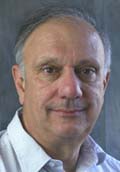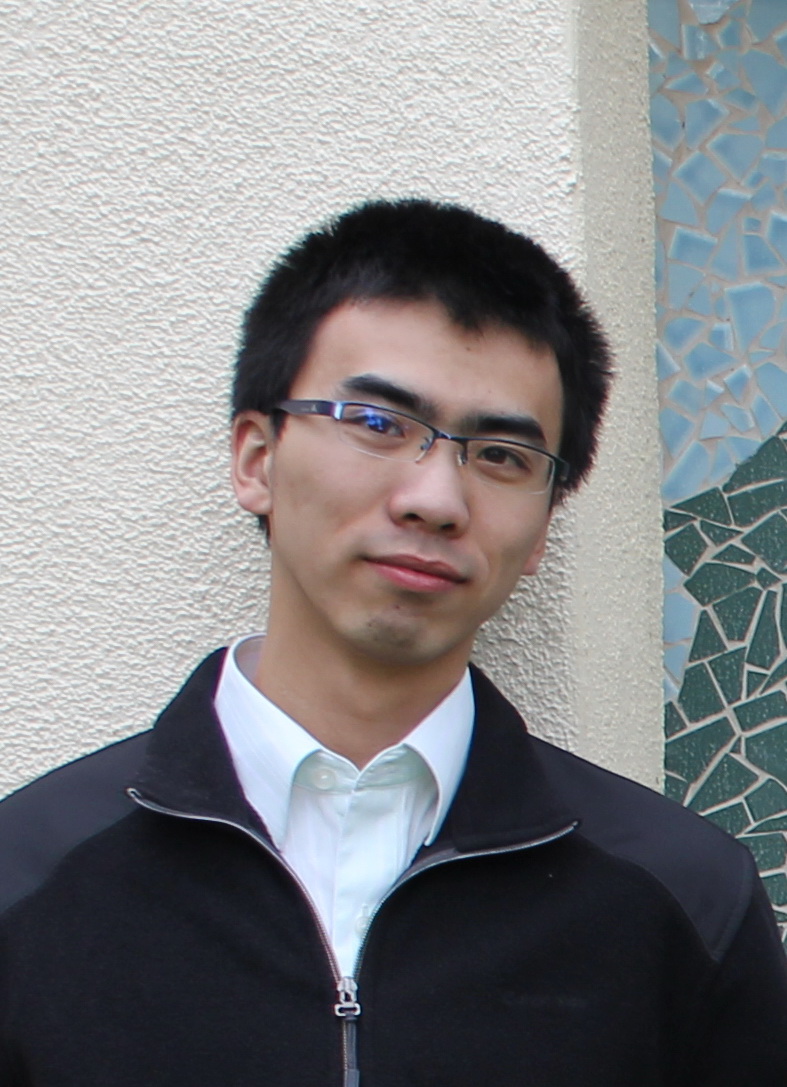People
Faculty | Research Staff | Graduate Students | Visitors | Emeritus Faculty | Recent Members | Distinguished Visitors
Faculty
 Prof. Forman A. Williams
Prof. Forman A. Williams
Office: EBU II Rm. 555
Phone: (858) 534-5492
Email: faw@ucsd.edu
Professor Williams' studies range from investigations into the fundamental nature of energy and combustion to practical applications in energy conservation and production, as well as pollution control. Among other things, he looks at the structure of flames in combustion energy research to ensure optimal functionality, conducting small-scale laminar combustion experiments in which all points of the combustion front move at an identical velocity. Williams' work in combustion has led to a greater understanding of pollutants. He has focused on the mechanisms of production of NOx emissions (oxides of nitrogen), which can be used to decrease pollution from automobiles. Williams has done fundamental combustion experiments on the space shuttle to look at the effects of gravity or microgravity on flames. By studying droplet and spray combustion and looking at the use of detonations for propulsion, more efficient rocket engines have been created. Most recently, Williams has been looking at how to make automobile engines more efficient with a homogeneous charge compression ignition engine (HCCI), instead of a traditional spark ignition engine. He is a member of the National Academy of Engineering and American Association for the Advancement of Science.
Professor Cattolica develops and employs diagnostic tools that are leading to a better understanding of the mechanics of combustion. He is extending the application of spectroscopic diagnostics in combustion, reacting flows, and gas dynamics. His research includes: spectroscopic measurements of temperature and species concentration in strained flames; plasma temperature measurements in semiconductor plasma reactors (where ions are used etch circuit features); and droplet size and velocity characteristics of pulsed fuel injectors for propulsion applications. He is currently developing laser techniques to accurately measure the chemical structure of flames including the formation of nitric oxide, a principal combustion emission. Cattolica's measurements are helping Jacobs School colleagues Kalyanansundaram Seshadri and Forman A. Williams validate the "San Diego Mechanism," a library of chemical kinetic mechanisms used to model the physical and chemical characteristics of the combustion of common fuels including the prediction of pollutant formation. The mechanism is expected to be useful for engine studies and in other areas where computerized simulations should account for the effects of varying fuel mixtures. Cattolica can provide critical perspective on matters of import to both environmental and energy policy including: the questionable use of oxygenates (ethanol and MTBE) as gasoline additives, greenhouse gas emissions, air pollution, clean-engine technology, and renewable energy from biomass.
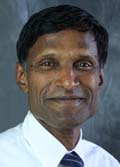
Prof. Kalyanasundaram Seshadri
Office: EBU II Rm. 558
Phone: (858) 534-4876
Email: seshadri@ucsd.edu
Professor Seshadri is an expert in combustion. He is interested in the chemical inhibition of flames, the combustion of diesel fuels and solid propellants, the mechanisms involved in the formation of pollutants, and the destruction of toxic compounds. He has helped demonstrate the usefulness of asymptotic analysis in the science of combustion. Asymptotic analysis employs the mathematical concept of a limit to efficiently identify critical boundaries, reactions, or other factors dominant in complex non-linear natural phenomena. In 1998, Seshadri applied an asymptotic analysis that succeeded in singling out the most critical interaction among hundreds ensuing when the superior industrial fire suppressant Halon 1301 extinguishes a flame. Halon 1301 is widely used by the military to quench fires in planes. But the chemical, also known as bromotrifluoromethane or CF3Br is no longer manufactured because it damages the Earth's protective ozone layer. Because Seshadri implicated bromine as critical to Halon 1301's fire-suppressing efficiency, and since bromine is the element in Halon 1301 that destroys ozone, the work signaled that the search for alternatives should switch from naturally occurring elements toward development of non-toxic synthetic substances.
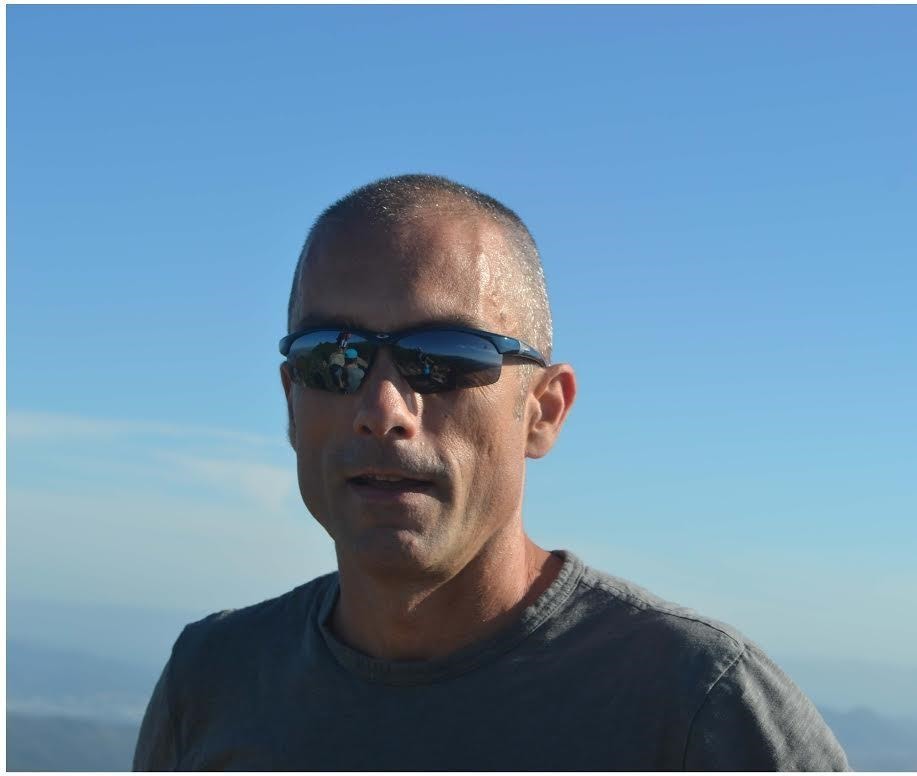
Prof. Antonio Sanchez
Office: EBU II Rm. 554
Phone: (858) 822-3790
Email: alsp@ucsd.edu
Prof. Sanchez's research falls within the general field of chemically reacting flows, including research topics related to clean combustion technologies, aerospace propulsion devices, and safety hazards in the built environment. He is interested in fundamental problems that involve the interplay of fluid mechanics, transport processes, and chemical reactions, in particular those emerging in practical combustion systems. His research approach takes advantage of the disparity of the length and time scales encountered in these complex problems to simplify the solutions, often by application of asymptotic methods that help to identify simpler sub-problems and serve to extract the fundamental underlying physics. His work has covered a large number of different combustion and fluid-mechanical problems, including a wide range of reactive phenomena of technological importance such as spontaneous and forced ignition, deflagrations, detonations, diffusion flames, partially premixed combustion, and spray combustion.
Research Staff
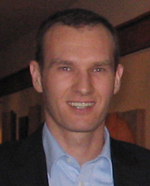
Dr. Reinhard Seiser
Office: West Biofuels Plant
Phone:
Email: rseiser@ucsd.edu
Dr. Reinhard Seiser conducts research on gasification and combustion of biofuels at the Woodland Biomass Research Center. He also sets up diagnostic systems and instruments for monitoring combustion, gasification, and synthesis reactions at the center. After his graduation, Dr. Seiser joined UCSD as a Postgraduate Researcher and in 2001 as Assistant Project Scientist. During this time he worked on various combustion problems including liquid, gaseous fuels, and solid and gaseous extinguishing agents. He designed several experimental setups for measuring ignition, extinction, and pollutant species in laminar flames. Dr. Seiser's contributions to the scientific community include numerous experimental data on premixed and non-premixed flames, which have been used to improve chemical-kinetic models of hydrocarbon fuels. Further, the interaction of flow and chemistry has been a centerpiece of his research, and his publications have explained the influence of strain on ignition and partially premixing on extinction of flames.
Postdoctoral Researchers

Ulrich Niemann
Office: EBU II Rm. B12
Phone: (858) 534 - 6505
Email: uniemann@ucsd.edu
Ulrich joined the Combustion Group as a staff researcher, managing the laboratory and leading the experimental research for several years. He has been working on his PhD studying combustion under Professor K. Seshadri and F. A. Williams. His research focuses on the experimental and numerical investigation of chemically reacting flows, and the influence of pressure on chemical kinetics and molecular transport. Ulrich designs, builds and operates both ambient pressure and high pressure burners in order to develop chemical kinetic mechanisms.
